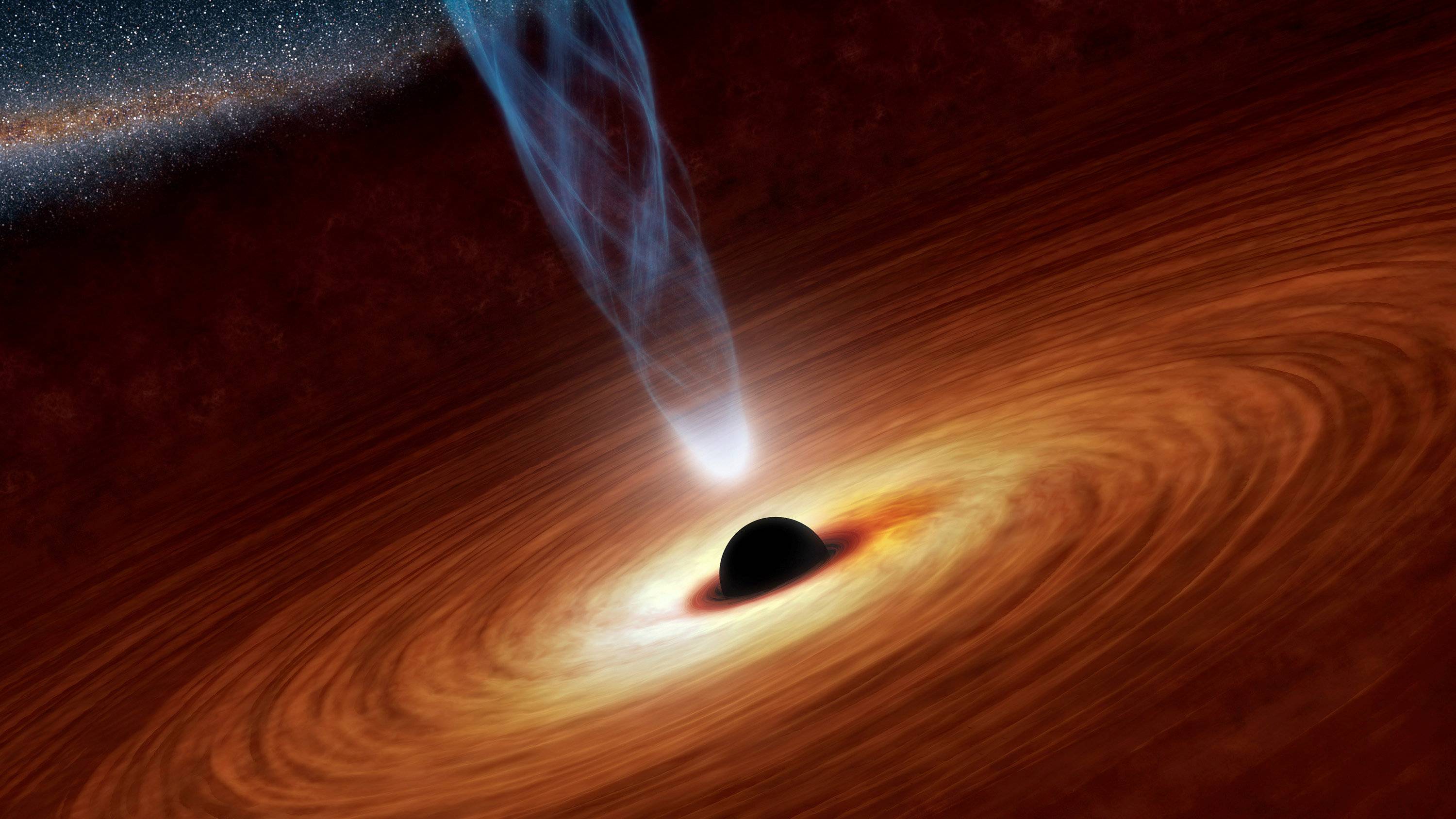“The gates of hell, the end of space and time.” That was how black holes were described at the press conference in Brussels where the first ever photograph of one was revealed to an excited audience.
And this black hole, a super-massive object at the center of the galaxy Messier 87 (M87), really is a monster. Everything unfortunate enough to get too close to it falls in and never emerges again, including light itself.
It’s the point at which every physical law of the known universe collapses. Perhaps it is the closest thing there is to hell: it is an abyss, a moment of oblivion.
And yet I saw the photograph as a ray of light. On our own turquoise speck in the cosmos, we’re living through an ecological breakdown, the rise of authoritarianism and the appallingly unequal distribution of resources.
We’re devoting a lot of time and energy to destroying our home and to hurting one another. It can be hard not to feel like the human race has become trapped in its own event horizon, and we’re inevitably and inexorably being pulled towards the darkness.
The grainy image those scientists released on Wednesday reminds us of something different.
That photograph is a mirror for us all – the intelligent life forms huddled together on our tiny planet – to hold up and remember a better side of ourselves.
It is a testament to the ingenuity of our species, our infinite curiosity and our capacity to wonder. It is the result of public funding and it relied on the collaboration of nations around the world.
It was not done to enlarge the fortunes of the wealthy, nor to persuade people to buy things they don’t need. It was done so that we may learn more about the fundamental laws of nature and, in doing so, better understand who we are.
In the grandness of space and time, human beings are a blip. We are much smaller and less significant to the universe than a single grain of sand is to the entire Earth.
And yet our thirst for discovery has meant that we have traveled further than our smallness should allow. We have defied our own limits to learn and explore.
Satisfying our curiosity has been our response to the arbitrary fact of our existence. As far as we know, we are alone in the infinite darkness – yet we have not succumbed to despair of this terrible possibility.

Instead, we have looked out into the darkness, transfixed by its mystery. The universe is spellbinding and miraculous, but so are human beings.
Astrophysicist Janna Levin notes that we are actually seeing the black hole as it was 55 million years ago because it’s so far away the light takes that long to reach us.
“Over those eons, we emerged on Earth along with our myths, differentiated cultures, ideologies, languages, and varied beliefs,” she says. “Looking at M87, I am reminded that scientific discoveries transcend those differences.”
What does this breakthrough mean for humanity? Aside from greater insights into the strangeness of the universe, this moment should also tell us that the possibilities for our species are endless.
We exist in a vast and unknown cosmos, and we are at the very beginning of understanding it. Despite all we have achieved, we know so little, have done so little.
But this moment must also remind us of what we can achieve here and now, that we are more than capable of building a good life for all human beings on Earth today and in the future.
There are no laws of science that demand poverty and destruction. These are phenomena that human beings have allowed emerging, and human beings can end them.
The photograph is a symbol of our capacity to do that. And that is how a black hole can become a ray of light.
It gives us permission to hope for a better world, and to know that one is possible.
By Ellie Mae O’Hagan (a journalist writing. Her first book, on the sweeping changes in politics, will be published by 4th Estate in 2019.
 Alghadeer TV Alghadeer TV
Alghadeer TV Alghadeer TV
